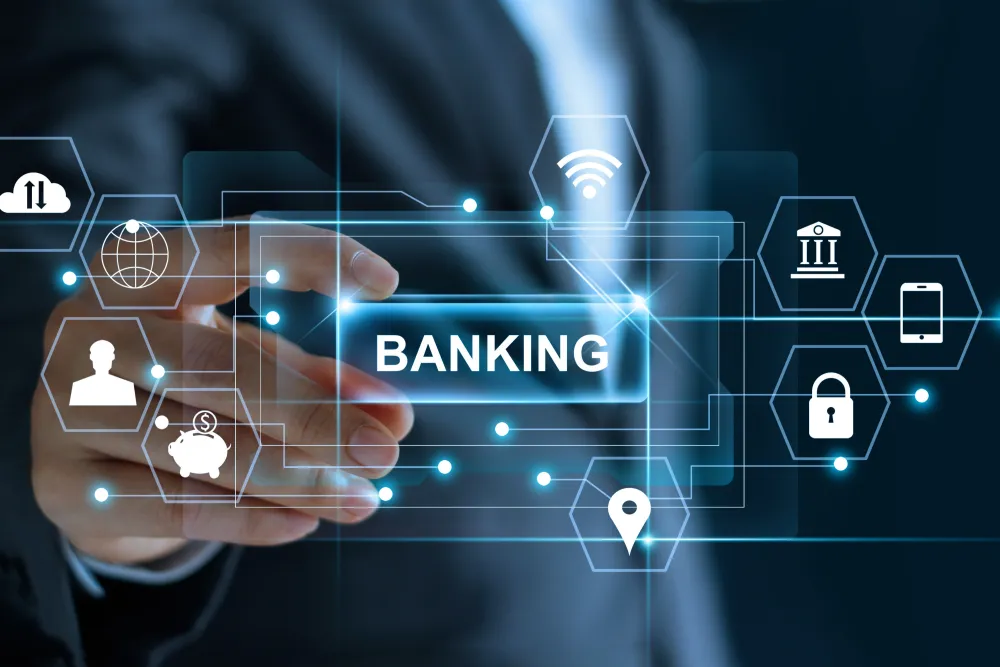
A hologram with the word "banking" in front of a man's hand
Embracing Business Economics in Banking as a Service (BaaS) Ventures
In recent years, the financial sector has witnessed an amalgamation of banking and technology, birthing numerous innovative business models. One prominent model that has garnered significant attention is Banking as a Service (BaaS). It's a service model that enables tech firms and other businesses to offer banking services without being banks themselves. In this transformative journey, understanding the business economics underlying BaaS operations is essential for stakeholders to navigate the complexities involved and carve a sustainable pathway towards success.
The Economic Framework of BaaS
Banking as a Service (BaaS) operates on an economic framework that differentiates it from traditional banking models. It is built on the principles of sharing infrastructure, reducing operational redundancies, and optimizing cost structures.
- Shared Infrastructure: BaaS providers leverage a shared infrastructure model where the core banking system is developed and maintained by a third-party provider. This model significantly reduces the capital expenditure involved in setting up banking infrastructure from scratch.
- Cost Efficiency: By outsourcing the banking infrastructure to a BaaS provider, companies can focus on developing customer-centric products and services. This structure paves the way for a leaner operation, translating to better cost efficiency.
- Revenue Streams: BaaS opens doors for diversified revenue streams. Besides earning through subscription models, companies can explore earning opportunities through transaction fees, premium account services, and value-added services.
Overcoming Traditional Banking Hurdles
Traditional banks are often entangled in legacy systems and regulatory mazes, which could impede innovation and customer satisfaction. BaaS, on the other hand, provides a more flexible, scalable, and innovation-friendly platform. This flexibility often translates to better customer experiences, which in turn could lead to higher customer retention rates and profitability.
Potential Challenges and Considerations
While BaaS offers a promising avenue, it's not devoid of challenges. Key considerations include:
- Regulatory Compliance: Ensuring compliance with financial regulations is crucial. BaaS providers and their partners must navigate the regulatory landscape diligently to avoid hefty fines and reputational damage.
- Data Security: Given the sensitive nature of financial data, securing the platform against potential threats is paramount.
- Partnering with the Right BaaS Provider: Selecting a BaaS provider that aligns with a company's vision, goals, and values is critical for long-term success.
Future Implications
The fusion of banking and technology through BaaS has the potential to reshape the financial landscape drastically. By understanding the business economics that drive BaaS models, stakeholders can make informed decisions, develop robust strategies, and drive sustainable growth in this evolving market segment.
Banking as a Service (BaaS) is more than just a fleeting trend; it's a testament to the transformative power of technology in the banking sector. By marrying the principles of business economics with innovative banking services, BaaS ventures are poised to lead the charge towards a more customer-centric and economically sustainable financial ecosystem.


